 Welcome
Welcome
“May all be happy, may all be healed, may all be at peace and may no one ever suffer."
Hypothermia
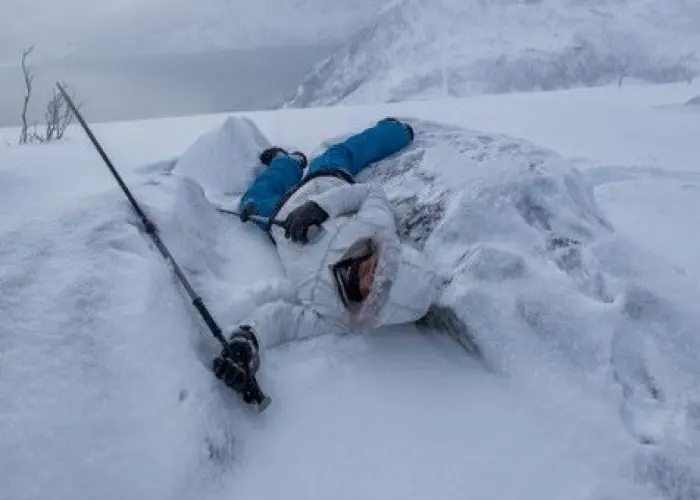
Hypothermia is a medical condition that occurs when the body loses heat faster than it can produce it, causing the body temperature to drop below its normal range. Normal body temperature is around 98.6 degrees Fahrenheit (37 degrees Celsius). Hypothermia is defined as a core body temperature below 95 degrees Fahrenheit (35 degrees Celsius).
Hypothermia can be caused by exposure to cold weather or water, as well as prolonged exposure to air conditioning or other cold environments. Risk factors for hypothermia include advanced age, malnutrition, dehydration, and certain medical conditions.
Symptoms of hypothermia may include shivering, confusion, lethargy, slurred speech, and loss of coordination. In severe cases, hypothermia can cause unconsciousness and even death.
Treatment for hypothermia typically involves rewarming the body gradually, using techniques such as blankets, warm fluids, and warm air. In some cases, medical interventions such as heated intravenous fluids or extracorporeal rewarming (using a machine to warm the blood outside the body) may be necessary.
Prevention of hypothermia involves avoiding exposure to cold temperatures and dressing appropriately for the weather. It is also important to stay hydrated and well-nourished, particularly in cold environments. If you suspect that someone may be experiencing hypothermia, it is important to seek medical attention immediately.
Research Papers
Disease Signs and Symptoms
- Intense shivering
- Slurred speech
- Difficulty breathing (dyspnea)
- Weak pulse
- Poor coordination
- Hand weakness and clumsiness
- Daytime fatigue or low energy
- Memory loss
- Loss of consciousness (fainting)
Disease Causes
Hypothermia
Hypothermia occurs when your body loses heat faster than it produces it. The most common causes of hypothermia are exposure to cold-weather conditions or cold water. But prolonged exposure to any environment colder than your body can lead to hypothermia if you aren't dressed appropriately or can't control the conditions.
Specific conditions leading to hypothermia include:
- Wearing clothes that aren't warm enough for weather conditions
- Staying out in the cold too long
- Being unable to get out of wet clothes or move to a warm, dry location
- Falling into the water, as in a boating accident
- Living in a house that's too cold, either from poor heating or too much air conditioning
How your body loses heat
The mechanisms of heat loss from your body include the following:
- Radiated heat. Most heat loss is due to heat radiated from unprotected surfaces of your body.
- Direct contact. If you're in direct contact with something very cold, such as cold water or the cold ground, heat is conducted away from your body. Because water is very good at transferring heat from your body, body heat is lost much faster in cold water than in cold air. Similarly, heat loss from your body is much faster if your clothes are wet, as when you're caught out in the rain.
- Wind. Wind removes body heat by carrying away the thin layer of warm air at the surface of your skin. A wind chill factor is important in causing heat loss.
Disease Prevents
Hypothermia
Staying warm in cold weather
Before you or your children step out into cold air, remember the advice that follows with the simple acronym COLD — cover, overexertion, layers, dry:
- Cover. Wear a hat or other protective covering to prevent body heat from escaping from your head, face and neck. Cover your hands with mittens instead of gloves.
- Overexertion. Avoid activities that would cause you to sweat a lot. The combination of wet clothing and cold weather can cause you to lose body heat more quickly.
- Layers. Wear loosefitting, layered, lightweight clothing. Outer clothing made of tightly woven, water-repellent material is best for wind protection. Wool, silk or polypropylene inner layers hold body heat better than cotton does.
- Dry. Stay as dry as possible. Get out of wet clothing as soon as possible. Be especially careful to keep your hands and feet dry, as it's easy for snow to get into mittens and boots.
Keeping children safe from the cold
To help prevent hypothermia when children are outside in the winter:
- Dress infants and young children in one more layer than an adult would wear in the same conditions.
- Bring children indoors if they start shivering — that's the first sign that hypothermia is starting.
- Have children come inside frequently to warm themselves when they're playing outside.
- Don't let babies sleep in a cold room.
Winter car safety
Whenever you're traveling during bad weather, be sure someone knows where you're headed and at what time you're expected to arrive. That way, if you get into trouble on your way, emergency responders will know where to look for your car.
It's also a good idea to keep emergency supplies in your car in case you get stranded. Supplies may include several blankets, matches, candles, a clean can where you can melt snow into drinking water, a first-aid kit, dry or canned food, a can opener, tow rope, booster cables, compass, and a bag of sand or kitty litter to spread for traction if you're stuck in the snow. If possible, travel with a cellphone.
If you're stranded, put everything you need in the car with you, huddle together and stay covered. Run the car for 10 minutes each hour to warm it up. Make sure a window is slightly open and the exhaust pipe isn't covered with snow while the engine is running.
Alcohol
To avoid alcohol-related risks of hypothermia, don't drink alcohol:
- If you're going to be outside in cold weather
- If you're boating
- Before going to bed on cold nights
Cold-water safety
Water doesn't have to be extremely cold to cause hypothermia. Any water that's colder than normal body temperature causes heat loss. The following tips may increase your survival time in cold water if you accidentally fall in:
- Wear a life jacket. If you plan to ride in a watercraft, wear a life jacket. A life jacket can help you stay alive longer in cold water by enabling you to float without using energy and by providing some insulation. Keep a whistle attached to your life jacket to signal for help.
- Get out of the water if possible. Get out of the water as much as possible, such as climbing onto a capsized boat or grabbing onto a floating object.
- Don't attempt to swim unless you're close to safety. Unless a boat, another person or a life jacket is close by, stay put. Swimming will use up energy and may shorten survival time.
- Position your body to minimize heat loss. Use a body position known as the heat escape lessening posture (HELP) to reduce heat loss while you wait for assistance. Hold your knees to your chest to protect the trunk of your body. If you're wearing a life jacket that turns your face down in this position, bring your legs tightly together, your arms to your sides and your head back.
- Huddle with others. If you've fallen into cold water with other people, keep warm by facing each other in a tight circle.
- Don't remove your clothing. While you're in the water, don't remove clothing because it helps to insulate you from the water. Buckle, button and zip up your clothes. Cover your head if possible. Remove clothing only after you're safely out of the water and can take measures to get dry and warm.
Help for people most at risk
For people most at risk of hypothermia — infants, older adults, people who have mental or physical problems, and people who are homeless — community outreach programs and social support services can be of great help. If you are at risk or know someone at risk, contact your local public health office for available services, such as the following:
- Assistance for paying heating bills
- Check-in services to see if you and your home are warm enough during cold weather
- Homeless shelters
- Community warming centers, safe and warm daytime locations where you can go during cold weather
Disease Treatments
Seek immediate medical attention for anyone who appears to have hypothermia. Until medical help is available, follow these first-aid guidelines for hypothermia.
First-aid tips
- Be gentle. When you're helping a person with hypothermia, handle him or her gently. Limit movements to only those that are necessary. Don't massage or rub the person. Excessive, vigorous or jarring movements may trigger cardiac arrest.
- Move the person out of the cold. Move the person to a warm, dry location if possible. If you're unable to move the person out of the cold, shield him or her from the cold and wind as much as possible. Keep him or her in a horizontal position if possible.
- Remove wet clothing. If the person is wearing wet clothing, remove it. Cut away clothing if necessary to avoid excessive movement.
- Cover the person with blankets. Use layers of dry blankets or coats to warm the person. Cover the person's head, leaving only the face exposed.
- Insulate the person's body from the cold ground. If you're outside, lay the person on his or her back on a blanket or other warm surface.
- Monitor breathing. A person with severe hypothermia may appear unconscious, with no apparent signs of a pulse or breathing. If the person's breathing has stopped or appears dangerously low or shallow, begin CPR immediately if you're trained.
- Provide warm beverages. If the affected person is alert and able to swallow, provide a warm, sweet, nonalcoholic, noncaffeinated beverage to help warm the body.
- Use warm, dry compresses. Use a first-aid warm compress (a plastic fluid-filled bag that warms up when squeezed) or a makeshift compress of warm water in a plastic bottle or a dryer-warmed towel. Apply a compress only to the neck, chest wall or groin.
- Don't apply a warm compress to the arms or legs. Heat applied to the arms and legs forces cold blood back toward the heart, lungs and brain, causing the core body temperature to drop. This can be fatal.
- Don't apply direct heat. Don't use hot water, a heating pad or a heating lamp to warm the person. The extreme heat can damage the skin or, even worse, cause irregular heartbeats so severe that they can cause the heart to stop.
Medical treatment
Depending on the severity of hypothermia, emergency medical care for hypothermia may include one of the following interventions to raise the body temperature:
- Passive rewarming. For someone with mild hypothermia, it is enough to cover them with heated blankets and offer warm fluids to drink.
- Blood rewarming. Blood may be drawn, warmed and recirculated in the body. A common method of warming blood is the use of a hemodialysis machine, which is normally used to filter blood in people with poor kidney function. Heart bypass machines also may need to be used.
- Warm intravenous fluids. A warmed intravenous solution of salt water may be put into a vein to help warm the blood.
- Airway rewarming. The use of humidified oxygen administered with a mask or nasal tube can warm the airways and help raise the temperature of the body.
- Irrigation. A warm saltwater solution may be used to warm certain areas of the body, such as the area around the lungs (pleura) or the abdominal cavity (peritoneal cavity). The warm liquid is introduced into the affected area with catheters.
Disease Diagnoses
Disease Allopathic Generics
Disease Ayurvedic Generics
Disease Homeopathic Generics
Disease yoga
Hypothermia and Learn More about Diseases

Adult attention-deficit/hyperactivity disorder (ADHD)
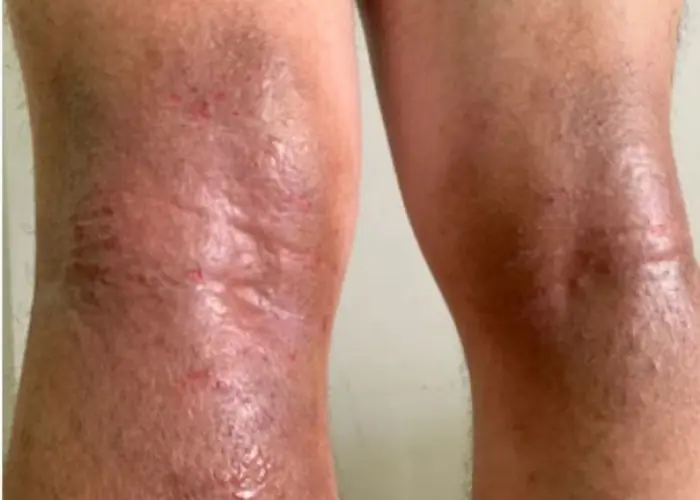
Atopic dermatitis (eczema)

Panic attacks and panic disorder
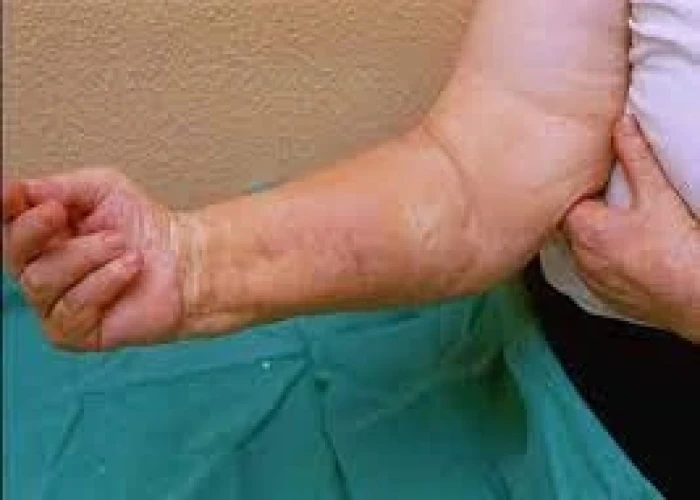
Nephrogenic systemic fibrosis
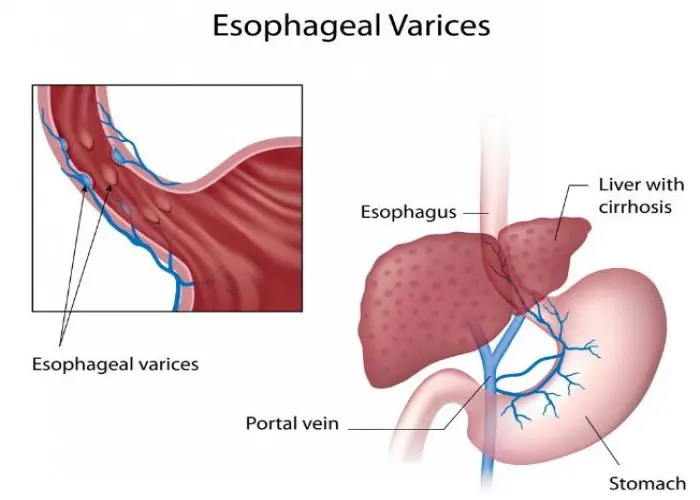
Esophageal varices
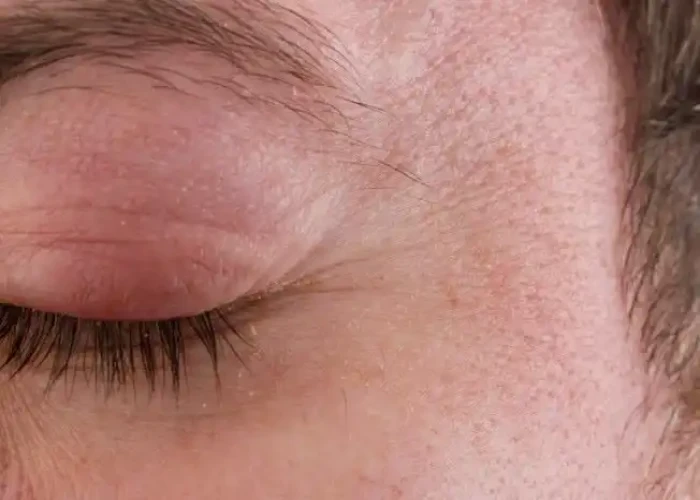
Trachoma
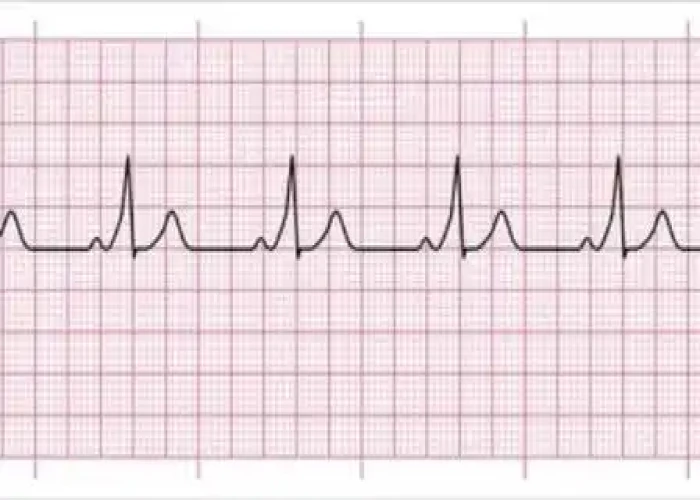
Wolff-Parkinson-White (WPW) syndrome
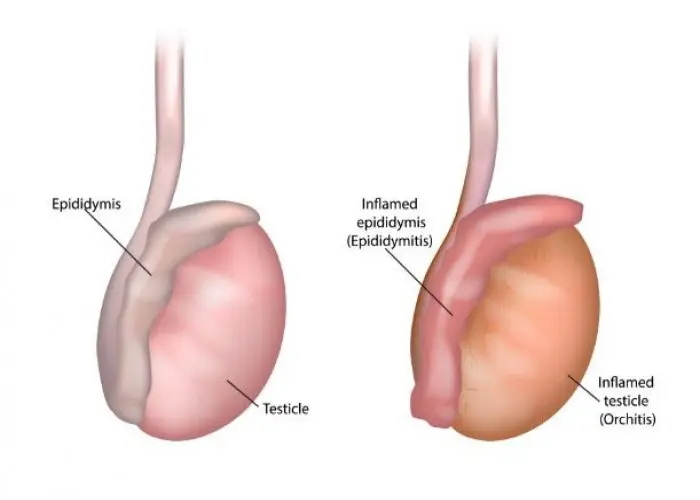
Epididymitis
hypothermia, হাইপোথার্মিয়া
To be happy, beautiful, healthy, wealthy, hale and long-lived stay with DM3S.
